

Finding the right wood screws can be crucial for any project, from simple furniture assembly to complex woodworking. This guide helps you navigate the world of wood screws, providing expert advice on choosing the best ones for your needs. We’ll cover screw types, materials, sizes, and applications to ensure you select the perfect wood screws for your next project. Learn about different screw heads, drive types, and threads, making your DIY projects easier and more successful.
The head of a wood screw significantly impacts its functionality and aesthetic appeal. Common head types include: flat head, oval head, pan head, countersunk head, and raised head. Each head style is suited for specific applications and provides a unique finished look. For example, countersunk heads are ideal for flush mounting, while raised heads offer a more prominent appearance.
The drive type refers to the shape of the recess in the screw head, designed to fit a specific screwdriver bit. Popular drive types include Phillips, slotted, square, and Torx. Choosing the correct drive type ensures a secure grip and prevents cam-out (the screwdriver slipping out of the screw head). Using the wrong drive type can strip the head of the screw, ruining it and potentially damaging the workpiece.
The thread design influences how the wood screw bites into the wood. Coarse threads are suitable for softer woods and offer faster driving, while fine threads provide better holding power in harder woods and less-prone materials. Consider the type of wood you're working with when selecting the appropriate thread type. For projects demanding high strength and durability, look for screws with aggressive threads. Hebei Muyi Import & Export Trading Co., Ltd. (https://www.muyi-trading.com/) offers a wide variety of wood screws with various thread designs.
Screw size is defined by its length and gauge (diameter). Selecting the correct size is crucial for structural integrity and preventing damage to the wood. Too short a screw may not provide sufficient hold, while too long a screw could go through the material or cause splitting. Always measure your material carefully before purchasing your wood screws.
Wood screws are made from various materials, each offering unique properties. Common materials include steel (often plated for corrosion resistance), brass, and stainless steel. Stainless steel wood screws are highly resistant to rust and corrosion, making them suitable for outdoor applications or environments with high humidity. Brass wood screws offer an attractive aesthetic and are resistant to corrosion.
Different wood screws are suited for various applications. For instance, drywall screws are designed for fastening drywall to studs, while deck screws are optimized for outdoor use and superior weather resistance. Always pre-drill pilot holes for hardwoods to prevent splitting, and consider using a countersinking bit to create a recess for countersunk screw heads. Proper techniques ensure easier installation and a professional finish.
The market offers numerous brands of wood screws, each with its own quality and price point. Consider factors like material, finish, and warranty when making your decision. Research different brands and compare their specifications to find the best option for your budget and needs.
| Brand | Material | Head Type | Price Range |
|---|---|---|---|
| Brand A | Steel | Phillips | $X - $Y |
| Brand B | Stainless Steel | Pan Head | $Z - $W |
Note: This table provides example data. Actual pricing and brand availability may vary.
Selecting the right wood screws is crucial for successful DIY and professional woodworking projects. By understanding screw types, sizes, materials, and applications, you can ensure a strong, durable, and aesthetically pleasing finished product. Remember to always consider the specific needs of your project when choosing your wood screws.

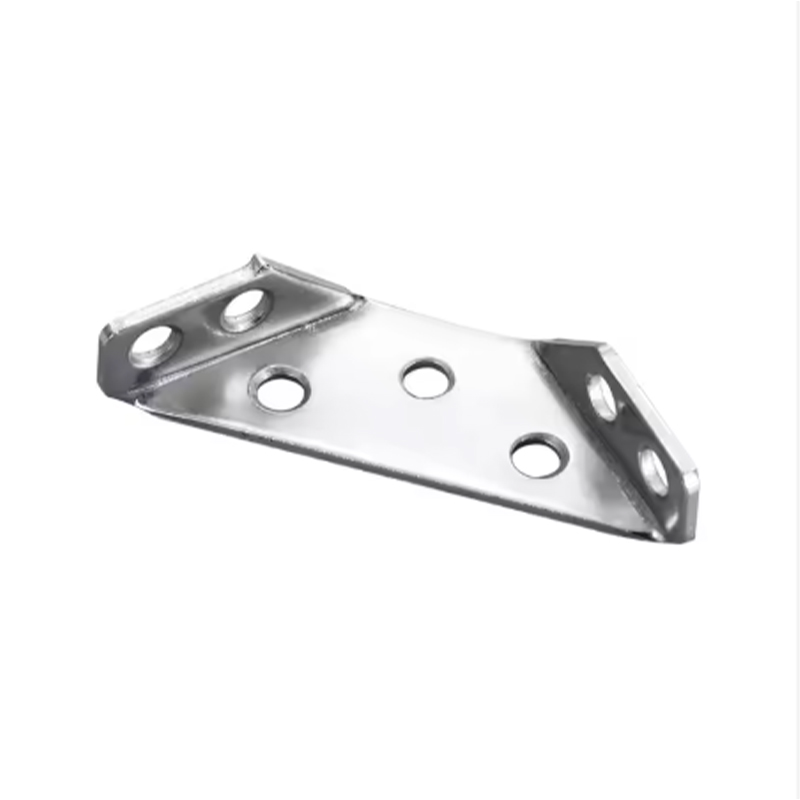

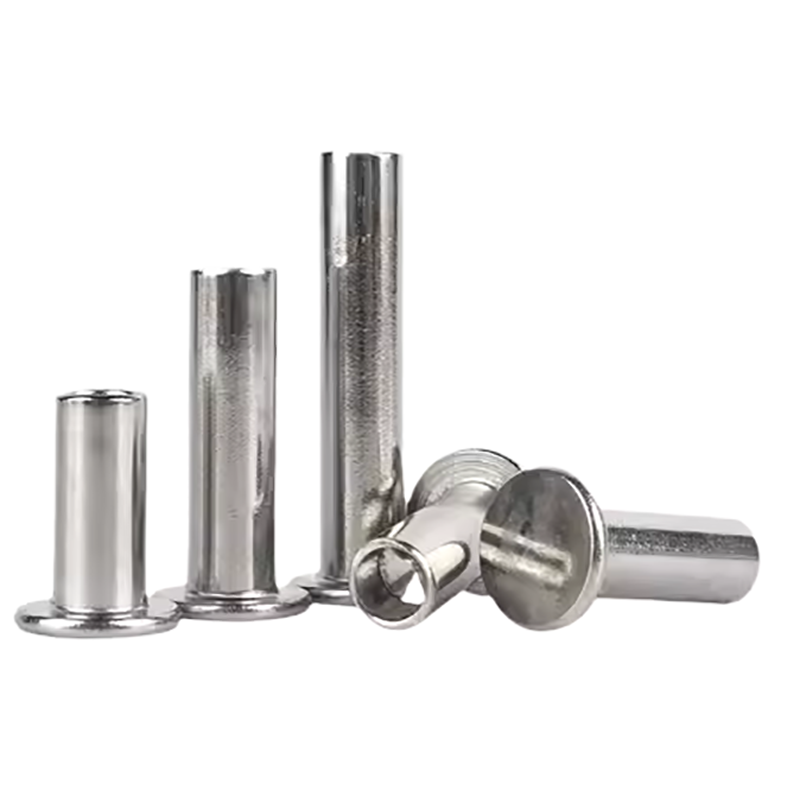
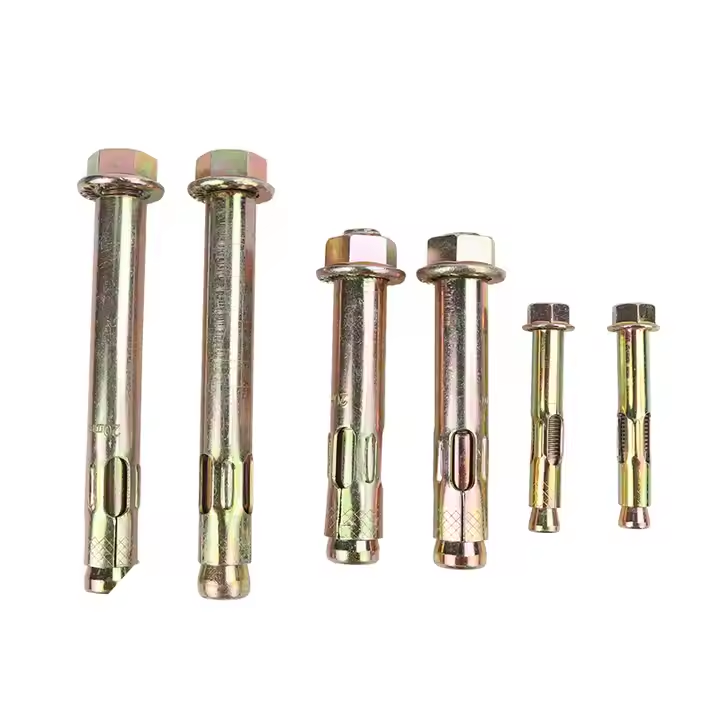
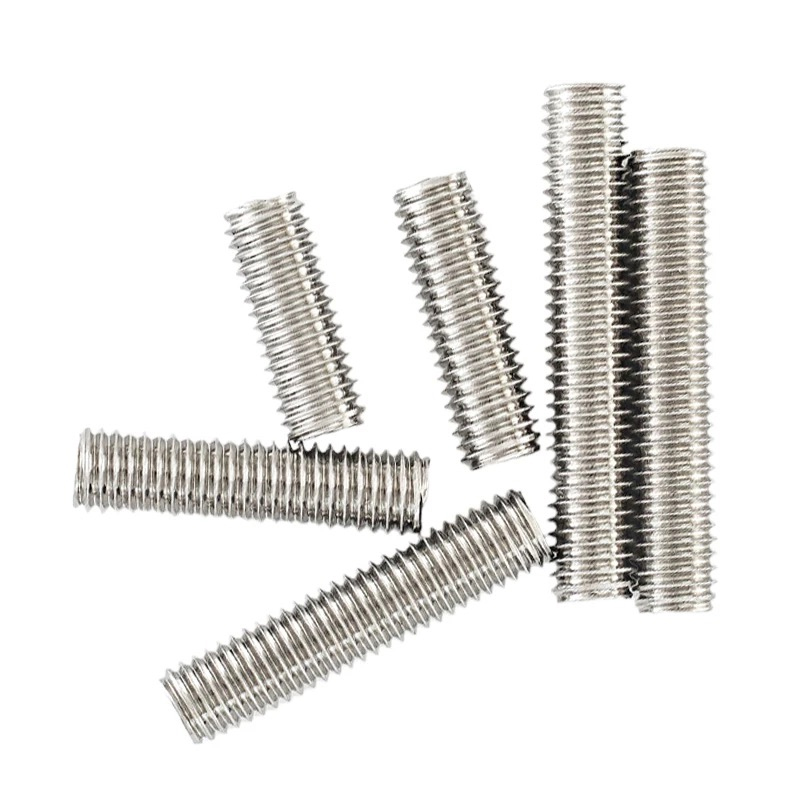
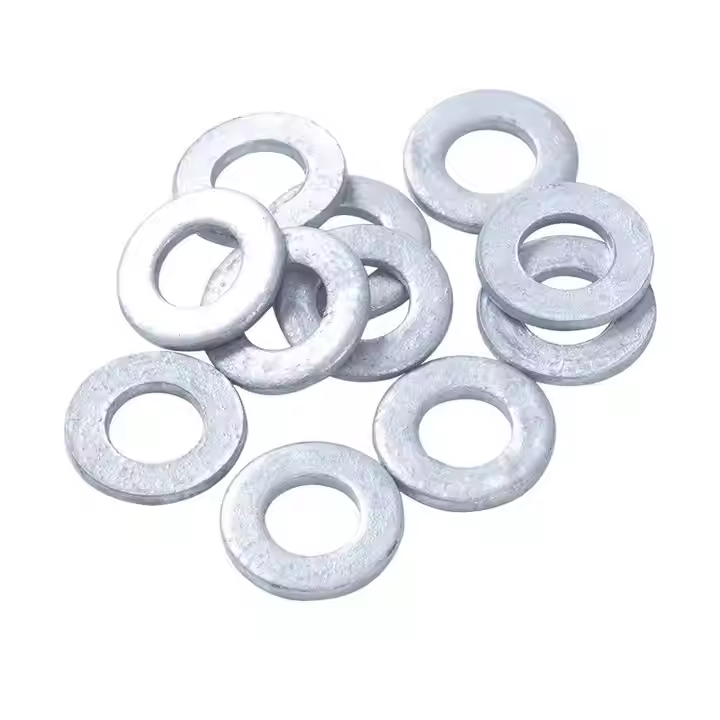
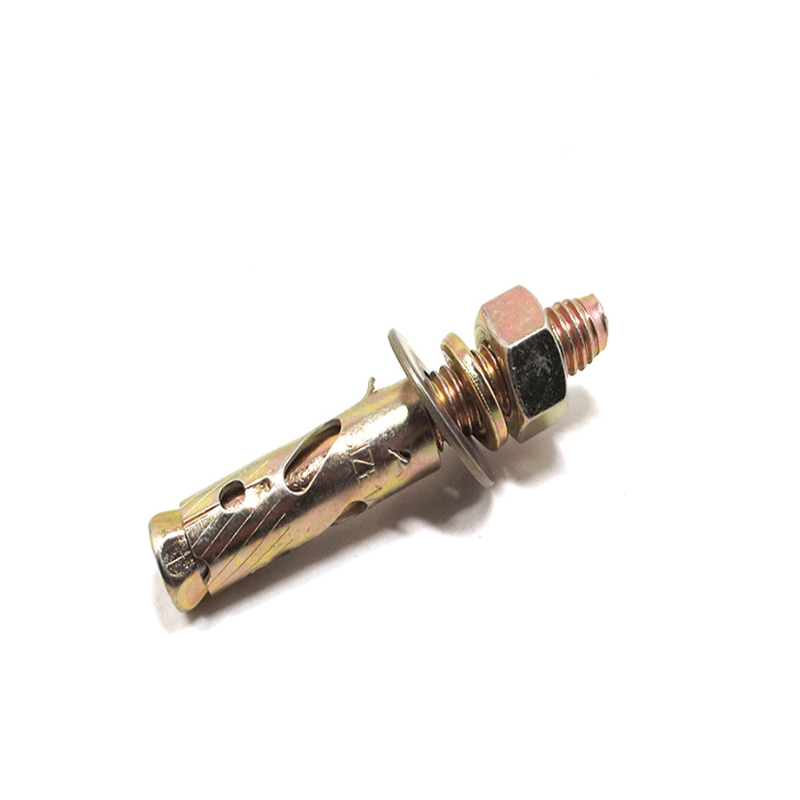

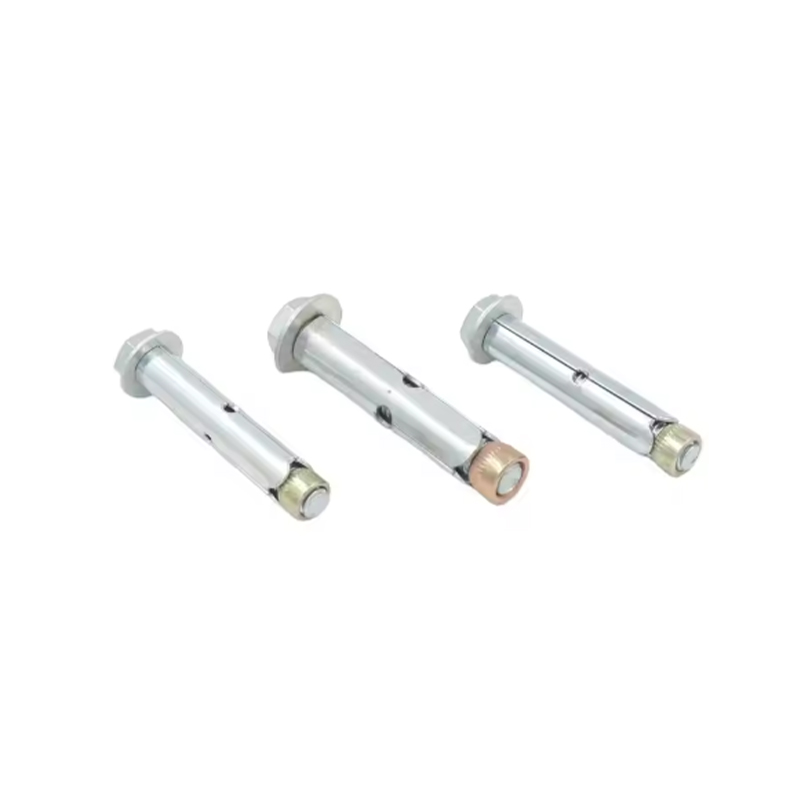
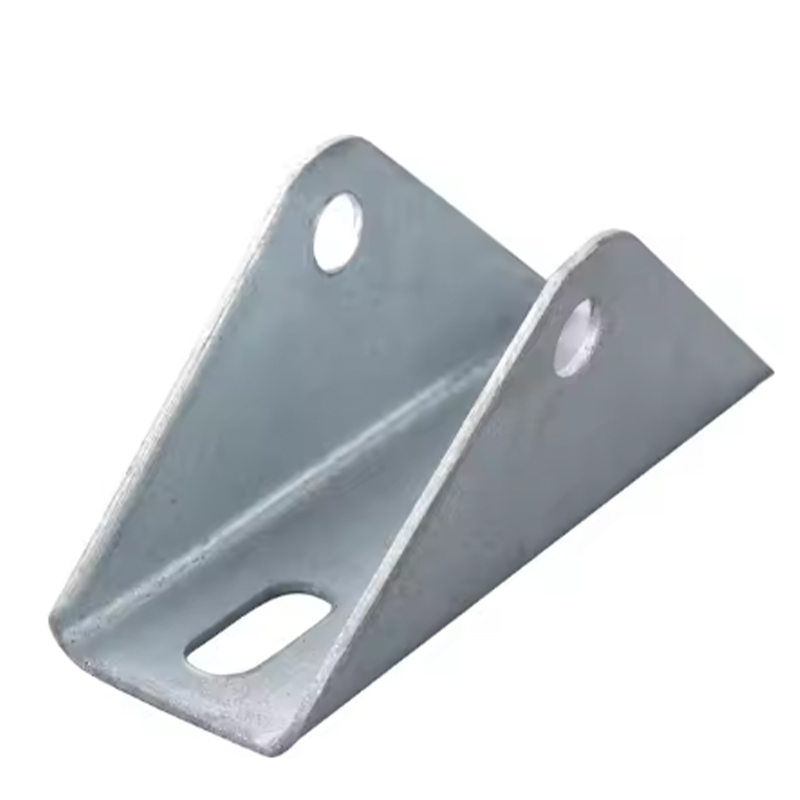

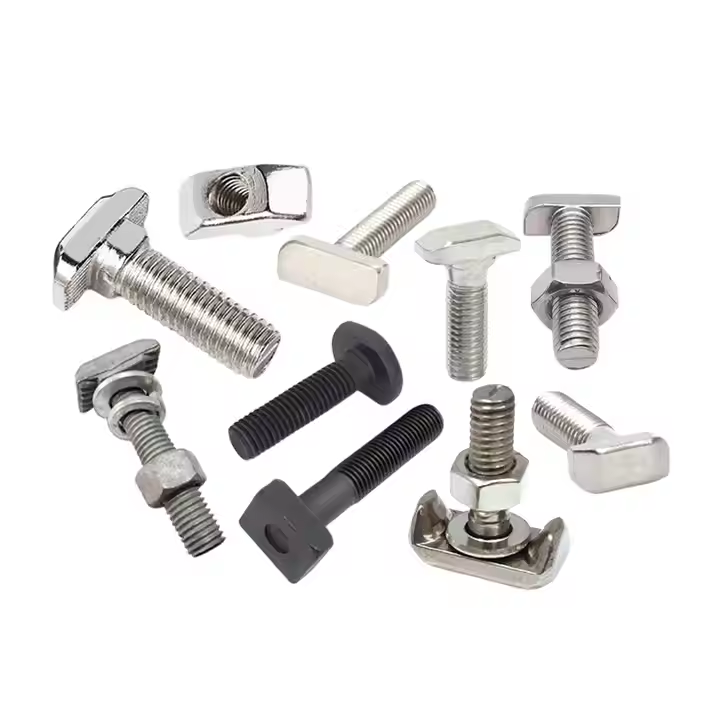
Please enter your email address and we will reply to your email.